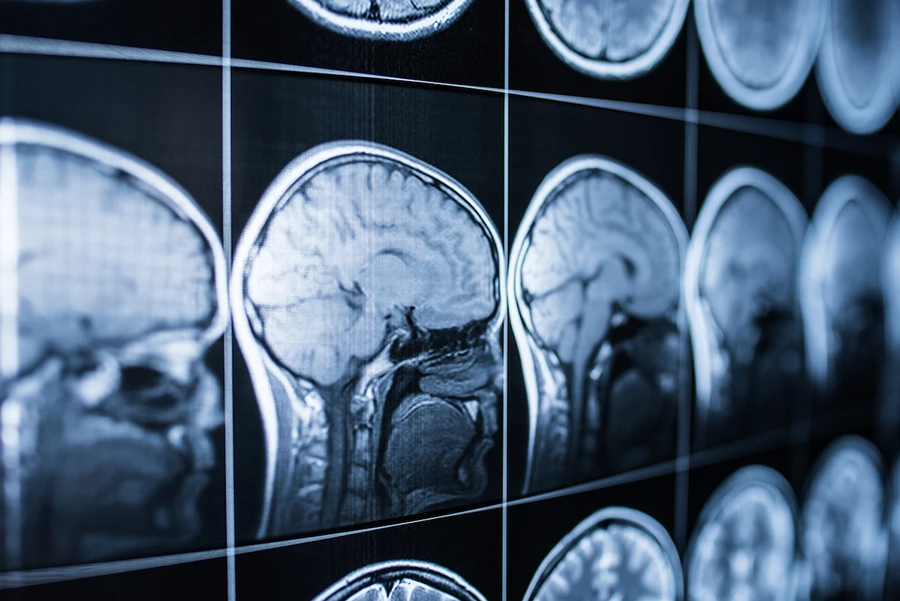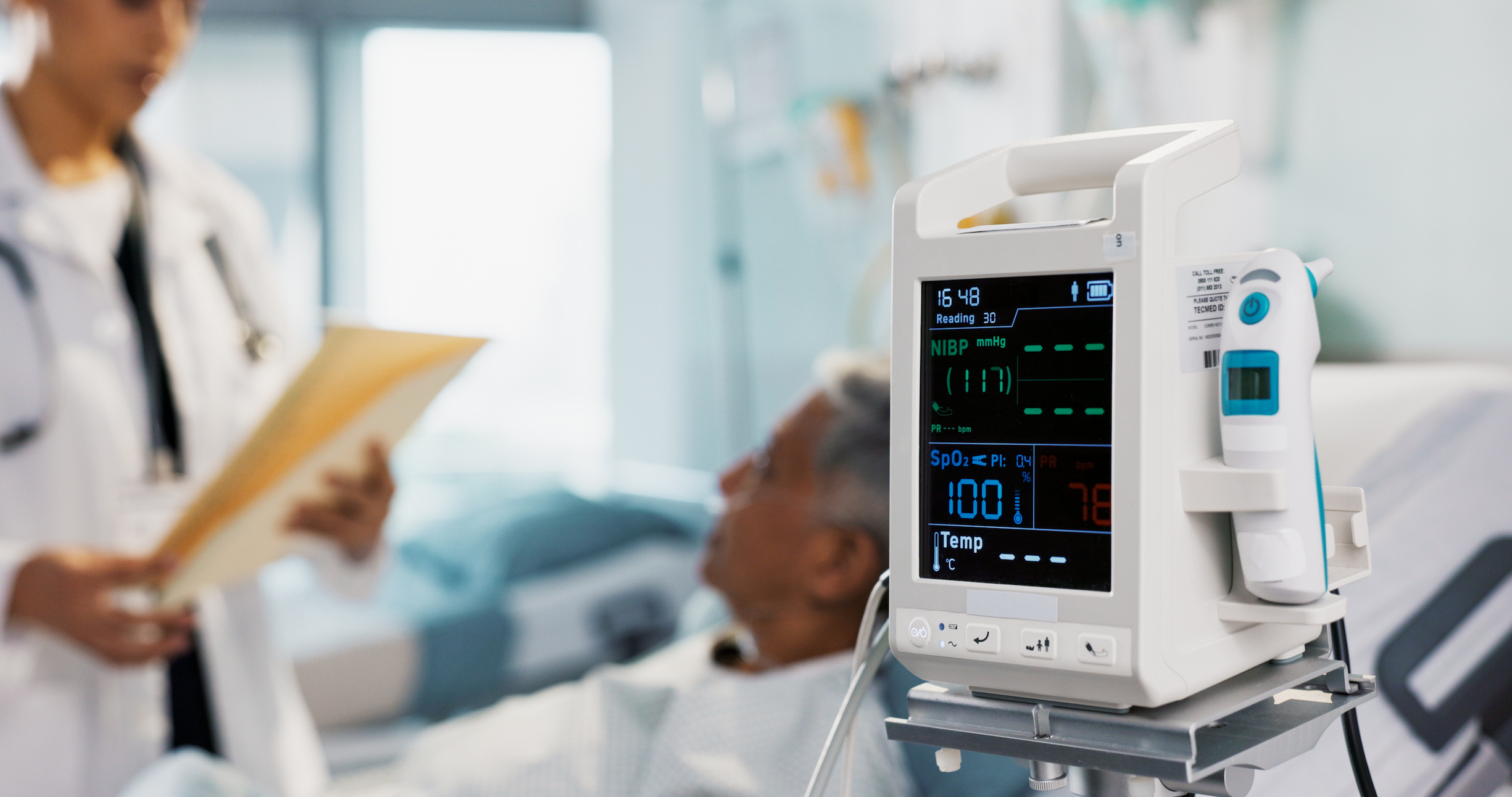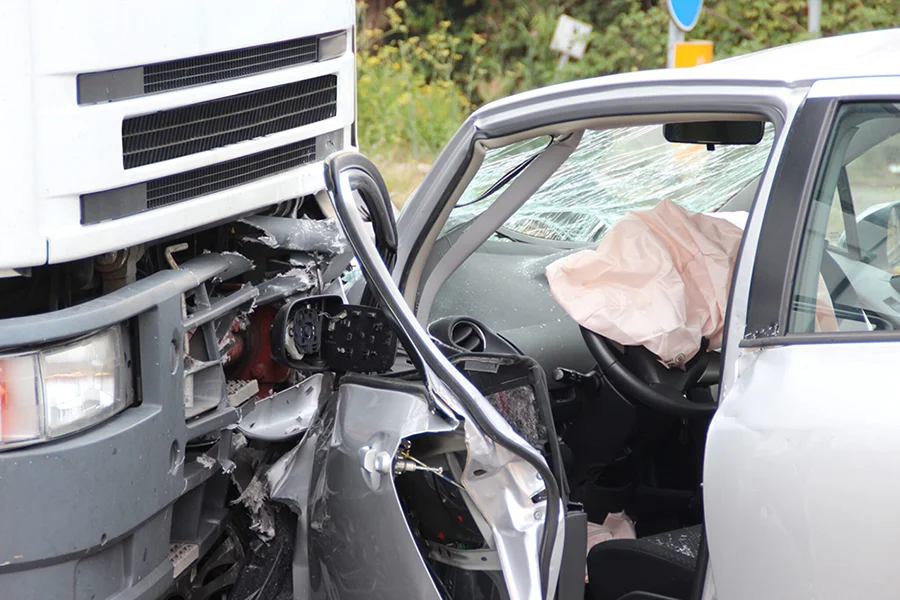
After a sports injury, slip and fall, or car accident, we are prone to worry about extremity personal injuries, including broken legs or arms, bone fractures, and lacerations, as these can be the most noticeable and, often, most painful. However, when arriving at the emergency department, doctors will first check vital signs and test for symptoms of neurologic impairment for fear of a serious concussion or traumatic brain injury (TBI). If left untreated, TBIs can cause detrimental injury to the brain and nervous system, but even with immediate treatment, TBIs can result in patients being comatose. A sequela, or secondary, related injury of TBIs, is neurostorming – a jarring reaction by the sympathetic nervous system in an unconscious patient.
Definition of Neurostorming
Neurostorming is a hyperactive response of the sympathetic nervous system – the division of the nervous system controlling response to environmental changes and stress. In comatose patients who have suffered a TBI, it is common for patients to remain stuck in a ‘fight-or-flight’ response due to brain trauma. The sympathetic nervous system triggers the ‘fight-or-flight’ response, so damage to the brain can leave this response ‘on’ for days, weeks, and even months. In this type of response, blood pressure is elevated, adrenaline production is increased, and the body requires more energy to operate.
Essentially, patients experiencing neurostorming are in an intense, elevated reaction to their environment without an external threat to them. They are unaware of their response and are unable to turn it off as their brain injury makes this impossible. Even outside of comatose TBI patients, many comatose patients being rolled to prevent pressure sores, patients changing medications, or patients being exposed to loud stimuli can enter a neurostorming phase and must be treated for such.
Does Neurostorming Mean the Brain is Healing?
Unfortunately, neurostorming is not a reliable indicator of healing. Sometimes, it may indicate recovery is happening, particularly in younger patients with higher brain plasticity. In other cases, it could still result in a negative outcome. Essentially, the recovery will come down to each individual. The medical team in charge of recovery after a TBI will be able to provide a better outlook on the results based on the individual’s unique case.

Symptoms of Neurostorming
Most patients who have a neurostorming response have experienced TBI and are in an unconscious state, like a coma. Physical symptoms of neurostorming include:
- High-grade fever (over 101°F)
- High blood pressure
- High heart rate (over 130 beats per minute)
- Sweating
- Rapid breathing
- Rigid muscles in the arms and legs
- Abnormal posturing, such as downward pointed toes and arched spine or neck
- Restlessness
- Dilated pupils
Physicians find increased glucose release and basal metabolic rate in lab testing due to the ‘fight-or-flight’ response. If we think of when we are scared, perhaps at a haunted house for Halloween, our muscles are rigid, hearts racing, and ready to run away from the danger we perceive as real. Similarly, patients experiencing neurostorming are in the same position but are in no apparent danger and cannot ‘snap’ out of this response.
What Causes Neurostorming?
Neurostorming results from the autonomic nervous system (ANS), central nervous system (CNS), sympathetic nervous system (SNS), and parasympathetic nervous system (PSNS) experiencing difficulty regulating naturally after a TBI. While most neurological storming occurs randomly and without provocation, there are some potential external triggers including:
- Medication changes
- Sudden medication withdrawal
- Body repositioning
- Environmental stimulation, like loud noises and alarms
- Self-care activities, including bathing and feeding
Can Neurostorming Cause Death?
The neurostorming itself does not cause death, but the resulting effects can lead to death if left untreated. Untreated neurostorming can lead to:
- Dehydration
- Muscle atrophy
- Weight loss
- Pressure sores
- Musculoskeletal damage
Neurostorming symptoms and effects can increase the body’s energy needs by 100 to 200 percent, and if the body is not receiving the hydration or nutrients it needs, the patient can quickly experience various dangerous health complications, severe pain, and permanent bodily damage.

How to Help Manage Neurostorming Symptoms
When a patient is unconscious, highly trained medical professionals will provide 24/7 care and know how to treat their symptoms properly. A common neurostorming treatment is medication that slows the body’s stress response, which includes:
- Opioids, like morphine or fentanyl
- Intravenous (IV) medications, such as propofol
- Beta-adrenergic antagonists, including propranolol or metoprolol
- a2-agonists, like clonidine or dexmedetomidine
- Benzodiazepines, such as diazepam or lorazepam
- Neuromodulators, including gabapentin or baclofen
If any of these medications are used, the dosage will need to be tapered down over time with patient improvement as sudden discontinuation can result in neurological storming. The patient’s therapy plan may also include an increase in caloric, protein, and water consumption as compensation for an increased metabolism.
For family members taking care of patients with TBI, keeping a careful eye on them for signs of neurostorming symptoms and immediately acting if they arise is key. When a patient is experiencing neurostorming, tracking their caloric and water intake is vital as muscle atrophy and dehydration are some of the first adverse effects of neurostorming to arise, yet they are some of the easiest to treat.
How Long Does Neurostorming Last?
The time the neurostorming lasts often depends on the severity of the injury. Neurostorming symptoms can last anywhere from a few hours to several months, making it even more critical to manage the symptoms as much as possible to prevent further complications. Patients in a coma or a vegetative state typically experience storming after a brain injury within several hours after an accident. The timeframe of every episode will vary. Over time, neurostorming may occur less frequently, but the episodes may last longer.
Preventing Neurostorming
Unfortunately, there’s really no way to prevent neurostorming after a TBI, which can have family members feeling helpless. However, understanding and recognizing the symptoms can ensure the patient receives help before conditions or symptoms worsen. If you notice any changes in their temperature, heart rate, or activity, alert the care team right away.
You can also help by minimizing external triggers. Speak softly, rub their arms and legs, and reduce their body temperature with a cool cloth. Keep the room as peaceful as possible to avoid causing a stress response in the brain.
Are You or a Family Member Suffering From a TBI? We can help.
If your loved one is currently experiencing or experienced a traumatic brain injury and neurostorming following an accident, contact The Simon Law Firm, P.C. today for free, confidential personal injury consultations in St. Louis.
TBI and neurostorming are challenging injuries to experience as a patient, but also for the family supporting them. Not only are they difficult emotionally, but the medical costs associated with a TBI and neurostorming can take a financial toll on everyone involved. Our supportive TBI-focused team will listen to your family’s story, determine how to best move forward, and hold the appropriate people accountable for your family member’s injury.


